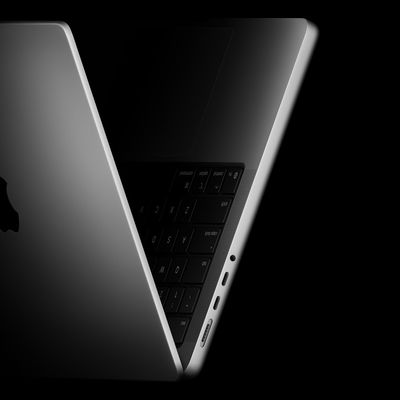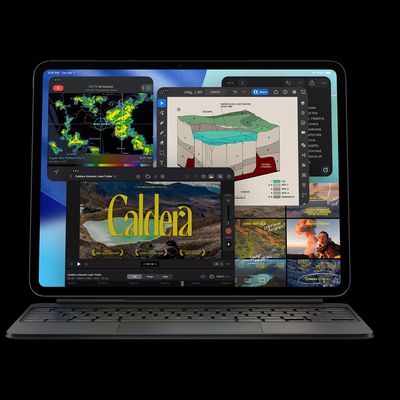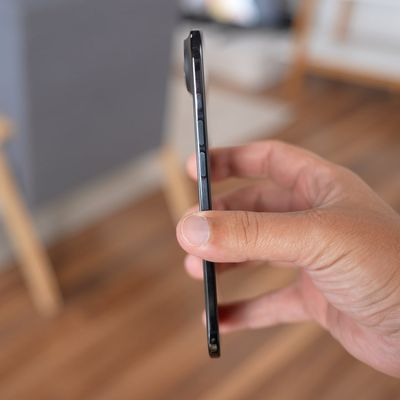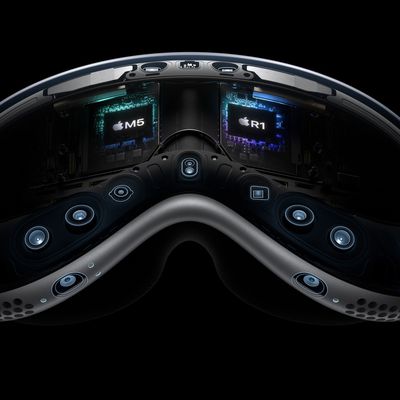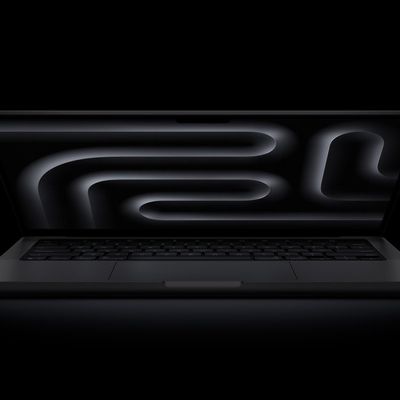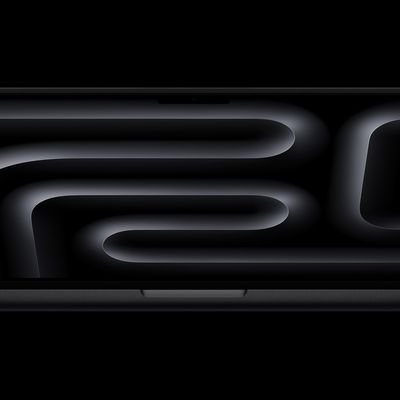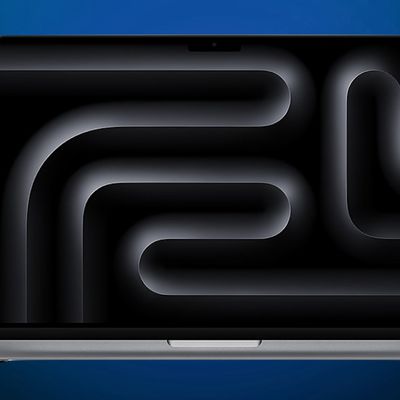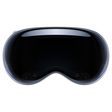Apple's Lightning to 30-Pin Adapter Torn Apart, Reveals Several Chips and Copious Glue
Peter from Double Helix Cables has made a guest post on Gizmodo showing his work to tear down Apple's new Lightning to 30-pin Adapter that began shipping earlier this week. Apple has come under a fair amount of criticism for charging $29 for the basic adapter and $39 for one with a short cable, but Peter notes that based on the electronics inside and the durability of the adapter, the company may have good reason for its pricing.
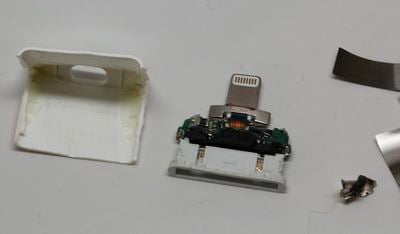
Apple's Lightning connector uses a controller chip to dynamically assign functionalities to the eight pins found in the connector, enabling it to adapt to different situations. The Lightning to 30-pin Adapter is no exception, containing several chips required to allow that flexible functionality to be passed through to devices using the old dock connector design.
The chips look unfamiliar, but with the same metal finish and some have lasered text. They all appear to be custom and trying to figure out what does what is fruitless. I really took this apart for the DIY community to ascertain if the DAC [digital-to-analog converter] in this thing is actually good, but it's quite unclear. It's probably some integrated audio circuitry in a larger processing chip, that's how these things tend to be done now. One of the chips reads Apple on it with a very long serial number. Another reads 8533 23AP CAB.
Peter notes that underneath the plastic shell of the adapter is a significant amount of metal and glue holding the device together and providing strength and durability. The construction makes the adapter extremely difficult to crack open and does not bode well for those seeking to modify the adapter to add functionality.
I really had high hopes that I could get into this thing and attach an audio output cable, but I should have known better. This thing is even more fearsomely reinforced than the Lightning USB cord, by a factor of 10, surely to thwart those that want to hack it, and also so that it cannot break easily. Nobody should balk at paying $29 for this after they see what is inside, though.
Despite the complexity of the adapter evidenced its $29 price tag, integrated electronics, and sturdy construction, the device has also been receiving criticism for incompatibility with a number of accessories. Users have been reporting mixed results in using the adapter with their 30-pin accessories, and users hoping to plug in the adapter with a case on their iPhone 5 may find that the adapter's bulk prevents it from working with all but the thinnest cases or cases with nearly fully open bottom edges. As a result users with cases on their iPhones may prefer to opt for the more expensive cable-equipped adapter that uses a standard-sized Lightning connector assembly rather than embedding the connector directly into the bulky adapter.
Popular Stories
Apple today updated the 14-inch MacBook Pro base model with its new M5 chip, which is also available in updated iPad Pro and Vision Pro models.
In addition, the base 14-inch MacBook Pro can now be configured with up to 4TB of storage on Apple's online store, whereas the previous model maxed out at 2TB. However, the maximum amount of unified RAM available for this model remains 32GB.
Like...
Apple today announced the next-generation iPad Pro, featuring the custom-designed M5, C1X, and N1 chips.
The M5 chip has up to a 10-core CPU, with four performance cores and six efficiency cores. It features a next-generation GPU with Neural Accelerator in each core, allowing the new iPad Pro to deliver up to 3.5x the AI performance than the previous model, and a third-generation ray-tracing ...
We didn't get a second fall event this year, but Apple did unveil updated products with a series of press releases that went out today. The M5 chip made an appearance in new MacBook Pro, Vision Pro, and iPad Pro models.
Subscribe to the MacRumors YouTube channel for more videos.
We've rounded up our coverage and highlighted the main feature changes for each device below.
MacBook Pro
M5...
Apple plans to cut production of the iPhone Air amid underwhelming sales performance, Japan's Mizuho Securities believes (via The Elec).
The Japanese investment banking and securities firm claims that the iPhone 17 Pro and iPhone 17 Pro Max are seeing higher sales than their predecessors during the same period last year, while the standard iPhone 17 is a major success, performing...
Apple on Wednesday updated the 14-inch MacBook Pro, iPad Pro, and Vision Pro with its next-generation M5 chip, but previous rumors have indicated that the company still plans to announce at least a few additional products before the end of the year.
The following Apple products have at one point been rumored to be updated in 2025, although it is unclear if the timeframe for any of them has...
Apple today updated the Vision Pro headset with its next-generation M5 chip for faster performance, and a more comfortable Dual Knit Band.
The M5 chip has a 10-core CPU, a 10-core GPU with Neural Accelerators, and a 16-core Neural Engine, and we have confirmed the Vision Pro still has 16GB of RAM.
With the M5 chip, the Vision Pro offers faster performance and longer battery life compared...
Apple on Wednesday updated the 14-inch MacBook Pro base model with an M5 chip, and there are two key storage-related upgrades beyond that chip bump.
First, Apple says the new 14-inch MacBook Pro offers up to 2× faster SSD performance than the equivalent previous-generation model, so read and write speeds should get a significant boost. Apple says it is using "the latest storage technology," ...
The new 14-inch MacBook Pro with an M5 chip does not include a charger in the box in European countries, including the U.K., Ireland, Germany, Italy, France, Spain, the Netherlands, Norway, and others, according to Apple's online store.
In the U.S. and all other countries outside of Europe, the new MacBook Pro comes with Apple's 70W USB-C Power Adapter, but European customers miss out....
Apple's AirPods Max have now been available for almost five years, so what do we know about the second-generation version?
According to Apple supply chain analyst Ming-Chi Kuo, the new AirPods Max will be lighter than the current ones, but exactly how much is as yet known. The current AirPods Max weigh 0.85 pounds (386.2 grams), excluding the charging case, making it one of the heavier...
Apple is going to launch a new version of the MacBook Pro as soon as tomorrow, so we thought we'd go over what to expect from Apple's upcoming Mac.
M5 Chip
The MacBook Pro will be one of the first new devices to use the next-generation M5 chip, which will replace the M4 chip.
The M5 is built on TSMC's more advanced 3-nanometer process, and it will bring speed and efficiency improvements. ...



